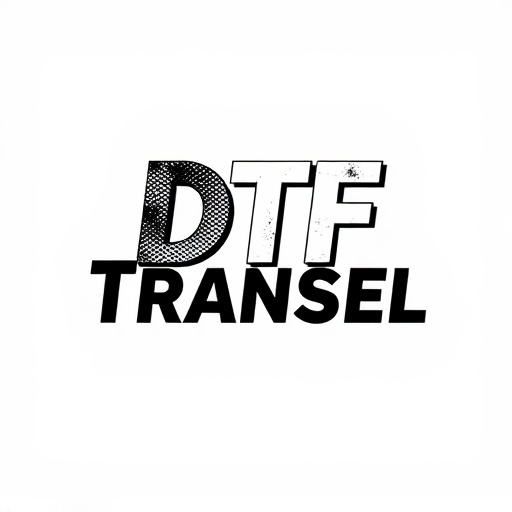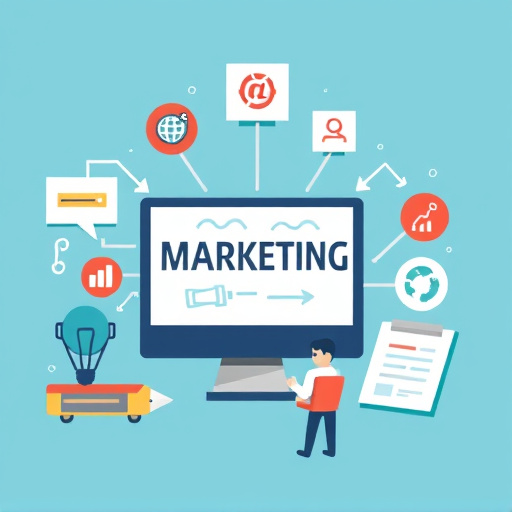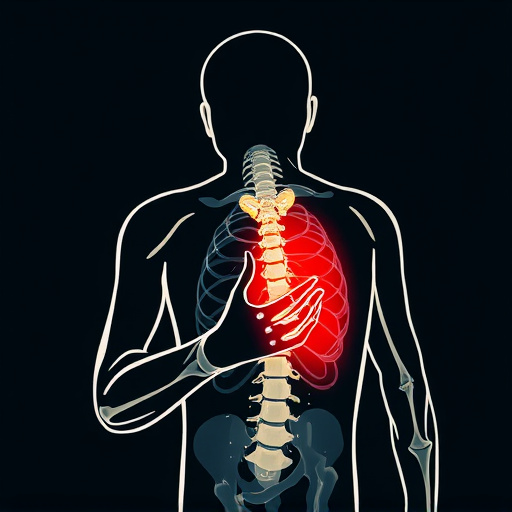Modern government employee care faces challenges like long hours and complex tasks leading to health issues. Integrating wellness care, including preventive measures, rehabilitation, and mental health support, is crucial for enhancing productivity and efficiency. Digital age innovations like online platforms and apps provide quick access to healthcare and wellness programs tailored to individual needs. Prioritizing government employee care includes augmenting traditional support with alternative practices like chiropractic care, promoting holistic well-being and productivity.
The landscape of government employee care is undergoing a profound transformation, driven by evolving needs and technological advancements. As work dynamics shift, modern government employees face unique challenges that demand innovative solutions. This article explores how digital tools are revolutionizing access to care, while highlighting the growing importance of mental health support in fostering a resilient workforce. By delving into these areas, we aim to illuminate strategies for enhancing overall government employee well-being in the future.
- Evolving Needs of Modern Government Employees
- Digital Solutions for Enhanced Care Access
- Fostering Mental Health and Well-being Support
Evolving Needs of Modern Government Employees

In today’s fast-paced and often stressful work environments, the needs of government employees have evolved significantly. The modern public servant faces unique challenges that demand a holistic approach to government employee care. Issues such as long working hours, high-pressure situations, and increasingly complex administrative tasks contribute to a range of health concerns, including chronic stress and back pain relief requirements. As such, traditional models of government employee care need to adapt to address these evolving needs effectively.
One area that deserves special attention is the integration of comprehensive wellness care, encompassing both preventive measures and support services. This includes access to rehabilitation services for managing persistent conditions like back pain, as well as mental health resources tailored to cope with work-related stress. By prioritizing wellness care, government agencies can foster a healthier, more productive workforce, ultimately enhancing overall government efficiency.
Digital Solutions for Enhanced Care Access

In today’s digital era, government agencies are recognizing the immense potential of technology to revolutionize government employee care. Digital solutions offer unprecedented access to support services, ensuring employees can receive assistance promptly and discreetly. Online platforms and mobile apps dedicated to government employee care can serve as comprehensive hubs for various wellness programs. Employees can easily connect with healthcare professionals, access mental health resources, and participate in fitness challenges tailored to their needs.
One notable application of digital solutions is the integration of tools for chronic pain management, such as personalized exercise routines and mindfulness practices, which have proven effective in alleviating common issues like lower back pain. Additionally, apps focused on muscle recovery and injury prevention can empower government employees to take proactive measures, enhancing their overall well-being. These innovations not only cater to immediate needs but also foster a culture of long-term health and productivity within the workforce.
Fostering Mental Health and Well-being Support

In today’s fast-paced and often stressful work environments, fostering mental health and well-being among government employees has become a paramount concern. Traditional methods of support, such as employee assistance programs (EAPs), have been supplemented with innovative approaches aimed at enhancing overall psychological resilience. One emerging area of interest is the integration of alternative healthcare practices, including chiropractic care and spinal adjustments, which can play a significant role in managing stress, pain, and other mental health issues prevalent among government workers.
Chiropractic care, for instance, offers post-injury care solutions tailored to public sector employees who often face unique ergonomic challenges due to their demanding roles. By addressing musculoskeletal disorders and promoting proper posture, chiropractic adjustments can alleviate physical discomfort and contribute to improved mental clarity and focus. This holistic approach to well-being not only supports individual employees but also fosters a productive and engaged workforce, ultimately enhancing the overall quality of government employee care.
As we look to the future, it’s clear that government employee care must evolve to meet the changing needs of modern public servants. By embracing digital solutions for enhanced access and prioritizing mental health and well-being support, governments can create a more supportive work environment. These strategies not only improve employee satisfaction but also contribute to higher productivity and retention rates, ultimately benefiting the overall efficiency and resilience of government operations.














